How To Grow The Best Dinosaur Kale – My Favorite Ornamental Vegetable (‘Dinosaur lacinato’)
Last year in early spring, while others were still shivering from 30 degree temps, I bundled up and headed out to my local nursery to find some plants for a local tv show appearance. The tv show appearance featured plants you can plant in a spring container. From the moment my eye first landed on the baby Flowering Kale, ‘Dinosaur lacinato’, I fell madly, passionately in love.
The plant itself, as an infant, is absolutely adorable. Perky little blue green leaves falling gracefully around a central stem. It called to me from the nursery table, “BUUYYYY MEEEE!!!”
First I planted the kale in a container for the tv show (see bottom video below), then I pulled the kale out and set it on my back deck bare-rooted and forgot about it. Many frosts and a few weeks later I remembered what I forgot and ran out to find the baby kale in perfect condition. After I added raised beds in the back garden I thought the Dinosaur Kale might make a unique ornamental centerpiece to each rectangular bed. A perfect solution, I planted them in spring and the plants soon grew to be large, arching, and absolutely ancient looking (see photo at top). What an amazing looking plant!
Next I began cooking it. It is easy to cook. My favorite way to prepare the kale is with sauteed onions or garlic. With the combination of kale, onions, and/or garlic I then mix that with other ingredients – eggs, rice, and italian noodles for instance (see video below). All delicious!
How to Grow A Dinosaur Kale
- Obtain a Dinosaur Kale plant – or seed – and plant in well drained soil in either a container or directly into your garden bed. Kale is remarkably indifferent to soil type and seems to prefer my heavy clay soil from what I can tell. Although instructions said to plant 18″ apart, the plant seems to grow and spread – I would plant each kale 24 to 36″ apart.
- Dinosaur kale prefers full sun, but these plants were planted in heavy shade and did remarkably well. In fact, I think the season was extended very long because the kale was not affected by full sun heat in late summer. Hot weather turns kale rather bitter. Therefore the season lasted from early spring all the way until December in zone 5, near Chicago, IL with no bitterness – WOW!
- Water regularly, but in my experience this particular Kale is nearly drought resistant. While I watered consistently, it was not overly demanding in its water requirements. Mulching well will help hold in moisture.
If the plant starts to flower, snip the flowers off and cook them like you do broccoli. DELICIOUS! - Heavy fertilizing is NOT preferred by Dinosaur kale. I did not fertilize any of my kale plants this year and they did fantastic all season.
- Do not uproot the plant in fall. Instead, keep it growing through winter – you can often harvest with snow dusting the leaves throughout winter. If you decide the plant is “done”, then cut it off at the base. Many types of kale, if mulched well, will leaf out again in the spring if you do not uproot the entire plant. This can save you a ton of money in plant buying. However, you should dig up the kale and rotate your crop, trying to move it to different locations. Planting kale in the same spot will reduce its production and increase its risk for infection – it is best to relocate it every four years for the best results.
Dinosaur kale; easy to grow, tasty and delicious, and an absolutely showy ornamental vegetable that is perfect for your garden. I L-O-V-E it and so will you!!
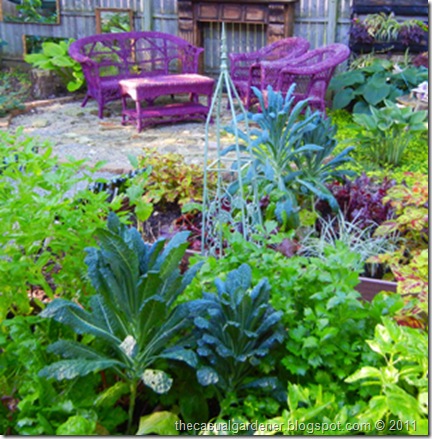
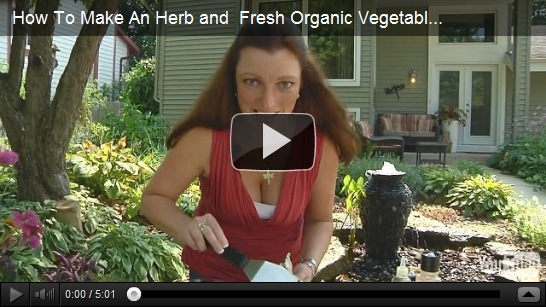

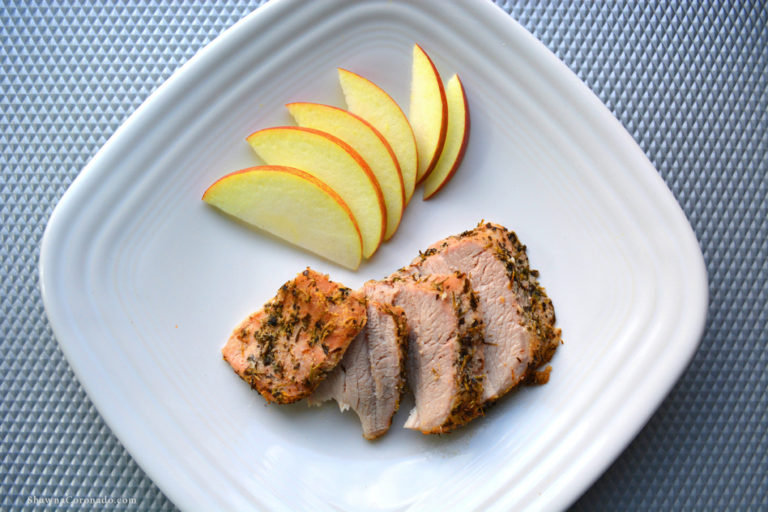
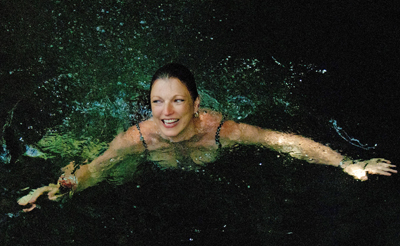
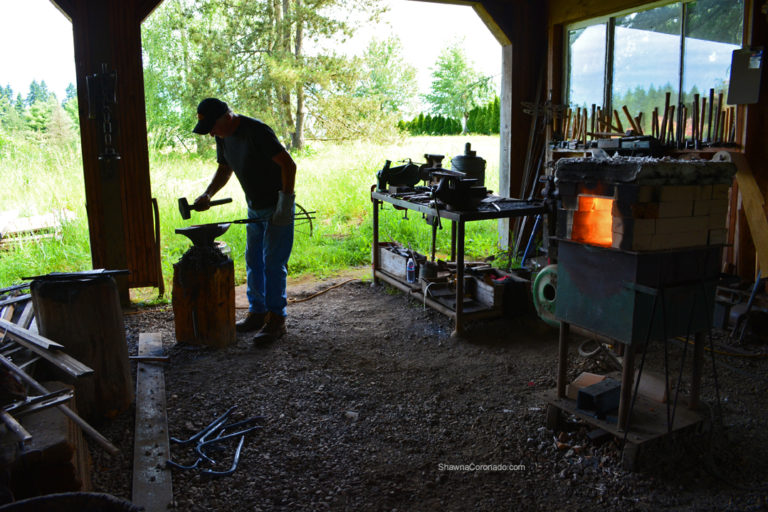
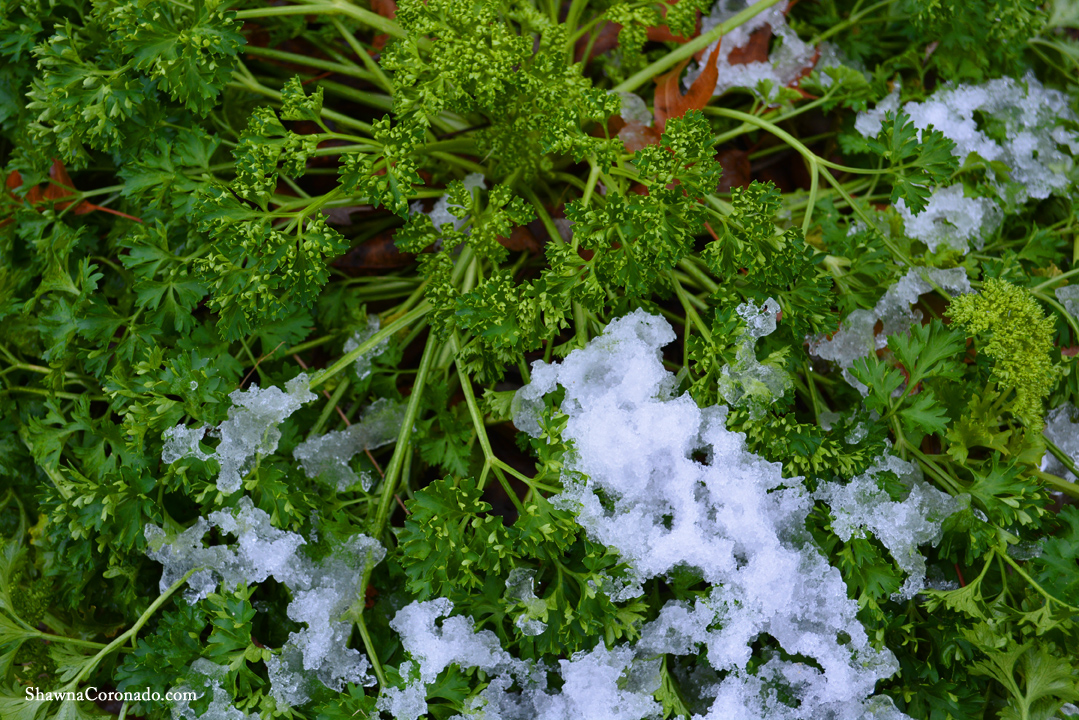
My friend has been making smoothies with the lacinato kale since attending a healthful food seminar here in Washington state.
She indicated that she wanted to grow her own, but didn't know about any of the specifics ( sun or shade, type of soil, watering needs) etc.
I Googled your article and found it to be completey informative.
Her birthday was last week and I presented her with a half barrel with four lovely kale plants.
I thank you.
Liz